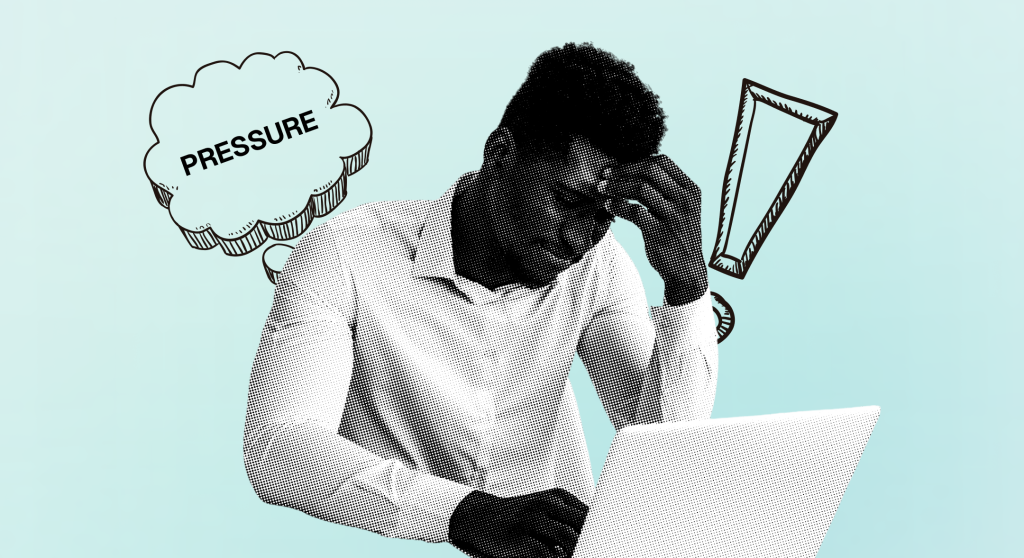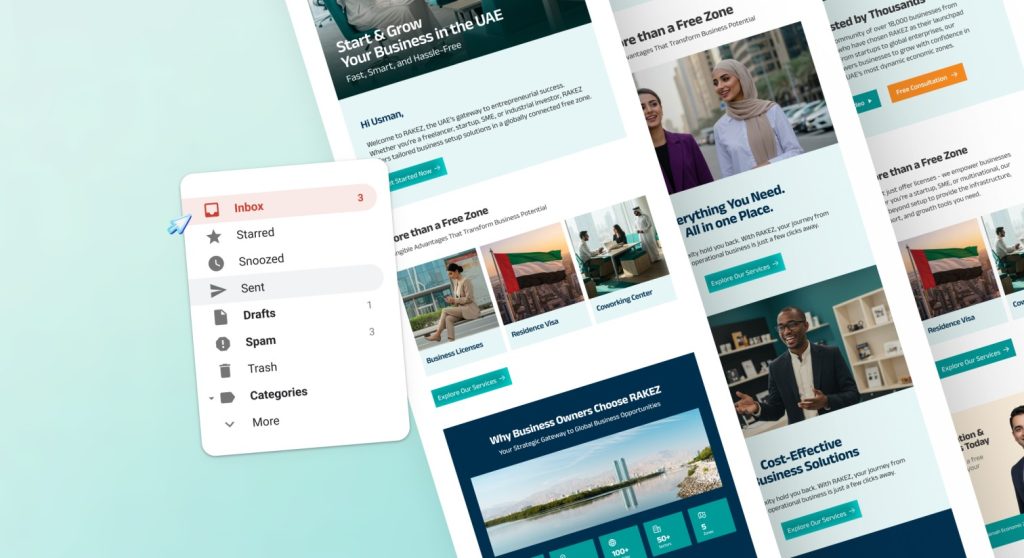You have got 48 hours, a blinking cursor, and a blank page, and your brain feels like it has gone offline. The deadline looms, and instead of sparking ideas, the pressure just tightens the creative block. Sound familiar?
Creative work thrives on inspiration, but pressure demands speed. When the two collide, even the most imaginative minds can stall. This guide is not just about staying calm under pressure, it is about activating practical, repeatable ways to stay creative when it matters most.
1. Understand the Creativity-Pressure Paradox

Pressure is not always the villain; it depends on how your mind interprets it. While distress (harmful stress) overwhelms and blocks ideas, eustress (positive, focused stress) can sharpen your thinking and fuel innovation. The key is balance.
When you are under pressure, your brain shifts into survival mode. If the stakes feel too high, creativity shuts down. But when the challenge feels manageable and meaningful, pressure can boost performance and spark fresh thinking. Understanding this paradox helps you shift your mindset and use pressure as a tool, not a trap.
2. Prioritise Progress Over Perfection
Perfectionism under pressure is a creativity killer. When every idea must be flawless, nothing gets finished and often, nothing even starts. The fear of “not good enough” locks you into endless edits and second-guessing.
Instead, shift your focus to progress. Aim to get your ideas out first, then shape and refine later. Use time blocks or word count goals to keep moving. Remind yourself: a rough draft can be fixed; a blank page can not. Under pressure, done is better than perfect.
3. Break Down Big Tasks into Creative Sprints

A looming project can feel paralysing, especially under pressure. The solution? Break it down. Divide your work into smaller, manageable chunks and tackle them in short, focused bursts.
Try the Pomodoro Technique: 25 minutes of deep focus, followed by a 5-minute break. This helps prevent burnout and keeps your brain engaged. Each sprint builds momentum, and before you know it, you have chipped away at something that once felt overwhelming.
Small wins stack up fast, and pressure becomes productivity.
4. Create Under Constraints
Surprisingly, boundaries can set your creativity free. When you limit your tools, time, or scope, you are forced to think differently, and often, more creatively.
Constraints spark innovation. Try giving yourself a challenge: write a story in 100 words, design using only 3 colours, or finish a concept in 30 minutes. With fewer options to juggle, your brain zeroes in on solving the problem rather than overthinking possibilities.
Less choice, more clarity. Constraints do not box you in, they push you out of your comfort zone.
5. Rewire Your Environment

Sometimes the problem is not you, it is your surroundings. A cluttered desk, harsh lighting, or repetitive noise can dull your creative edge. The good news? Small shifts in your environment can reawaken your brain.
Research shows that natural light improves focus and mood, while ambient noise (like café sounds or soft instrumentals) can enhance creative thinking. Changing locations, even just working in a different room, can help your brain form new associations and ideas.
Try adjusting your lighting, adding a plant, or stepping outside with a notebook. A fresh space often brings a fresh perspective.
6. Draw From Unexpected Sources
When your creative well runs dry, stop digging in the same spot. Some of the best ideas come from outside your field. Musicians borrow from painters, writers take cues from films, and designers find sparks in poetry.
Explore a genre of music you have never listened to. Watch a foreign film. Read a poem aloud. Flip through an art book or take a walk with a podcast about architecture. These unrelated inputs give your brain new raw materials to work with and often lead to surprising connections.
Creativity thrives on cross-pollination. Step outside your niche to recharge your spark.
7. Use Mindfulness to Reset the Brain
When pressure peaks, your brain gets noisy, fast. Racing thoughts, rising tension, and mental fatigue crowd out creativity. Mindfulness helps you hit pause and clear the clutter.
Simple practices like deep breathing, a five-minute meditation, or even a quiet walk without your phone can calm your nervous system and restore focus. Science backs this: mindfulness reduces cortisol levels and improves cognitive flexibility, key ingredients for creative thinking.
You do not need hours. Just a moment of stillness can reset your brain and open space for ideas to flow again.
8. Talk, Do Not Just Think

Creativity does not always live in your head, it often comes alive when spoken out loud. Talking through your ideas can clarify what feels messy, spark new angles, and get you unstuck faster than silent thinking.
Call a creative friend and brainstorm. Record a voice note and listen back. Sketch your thoughts on paper while narrating aloud. Verbalising your ideas activates different parts of the brain and often leads to breakthroughs you would not reach alone.
Thinking is good. Talking it out can be better.
9. Keep a Low-Pressure Creative Outlet
Not every idea needs a deadline. A low-pressure creative outlet keeps your imagination flexible, even when there’s no urgency.
Doodle in a sketchpad. Record random voice memos. Journal your stray thoughts or dreams. These side habits act like creative stretching exercises. They help your brain stay playful, curious, and ready, so when the real pressure hits, you are already warmed up.
Think of it as your creative gym: no judgment, just movement.
Conclusion
Creativity is not magic, it is momentum. The truth is, you will not always feel inspired. But showing up, especially when it is hard, is what separates a blocked mind from a breakthrough.
Start with one sentence, one sketch, one messy idea. Discipline fuels creativity far more reliably than waiting for the perfect moment. Inspiration rarely leads; it follows action.
So the next time pressure knocks, do not freeze, create. Even a small step forward keeps your creative spark alive.






